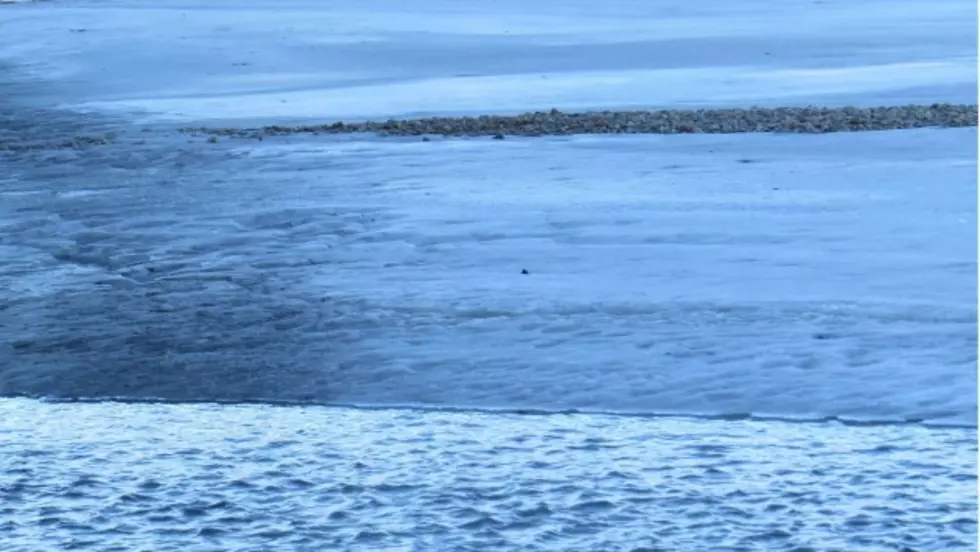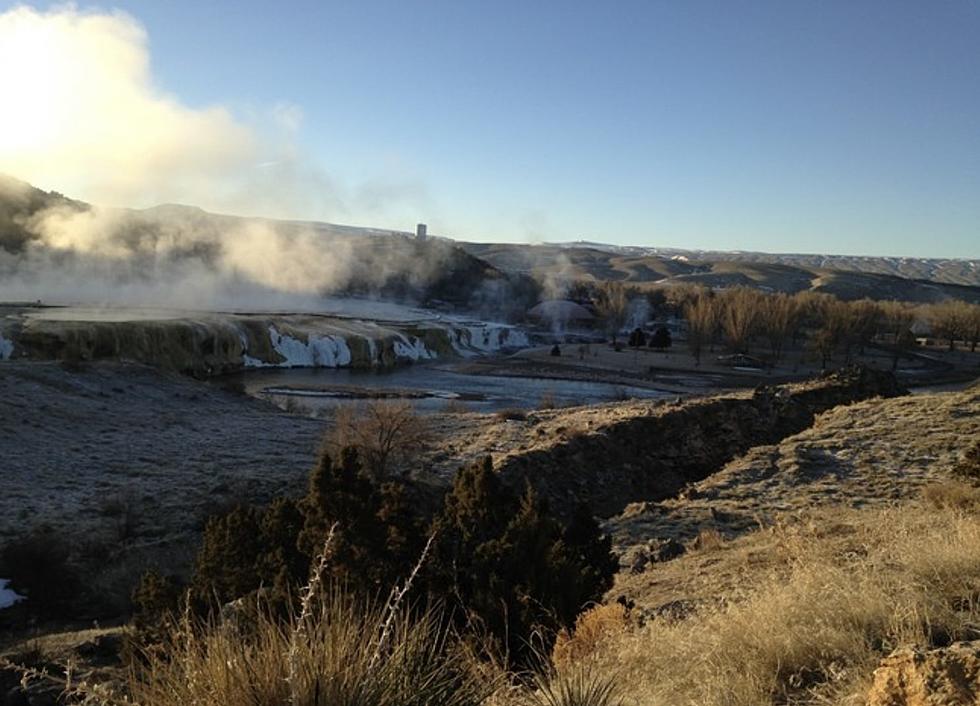
Beware The Ice On North Platte River
The North Platte River and the lakes it feeds can conceal their treachery well, especially in the winter.
The river has claimed at least two lives in Natrona County in the past year, including Alex Cressy in August and Bernie Bickels last weekend.
The erratic and fast currents are hazardous enough, but cyclic cold and warming compound the dangers, said the county's emergency management coordinator Lt. Stewart Anderson.
"Especially with the warm weather we've been getting on lakes and ponds, ice melts during the day, freezes at night, thaw and melt again, adds air to it, makes the ice weaker," Anderson said.
"What's really deceiving is, now it gets cold and let's say it drops a little bit snow with no wind and then you've got that sheet of nice white that looks like, 'oh, that ice looks big and solid,' and it might be an inch thick," he said.
With lakes and ponds, even thick ice can be deceiving, Anderson said.
Last weekend, Anderson's office received reports of nine people and vehicles, mostly all terrain vehicles, that fell through the ice at Pathfinder reservoir, he said. No one was injured, but the ATVs went to the bottom of the lake.
Weak ice on lakes can happen for several reasons, he said.
Pressure ridges can form when ice fractures sometimes from high winds, water seeps into the cracks and weakens the ice. Anderson said he once fell because of a pressure ridge, even though the surrounding ice was 18 inches thick.
Lakes also may have underground springs with warm water that rises to the surface and weaken the ice, he added.
But ice on moving water in rivers and streams poses more danger than ice on relatively calmer lakes and ponds, he said.
If you fall through the ice on a lake, you still will get wet, hypothermic and weak. But neither the water nor the ice will be moving that much, Anderson said.
Hypothermia will occur whether you fall through ice on a lake or a river. But rivers have much faster currents that pull on you, make you struggle more and fatigue more quickly, and pull you under, he said. "As well as, with the natural fluctuation of the river, there's air pockets underneath."
Hypothermia occurs when the body loses more heat than it can produce, and sets in when body heat drops below 95 degrees, according to mayoclinic.org. The cold, which depletes body heat much faster in water than air, initially causes shivering and fatigue, then progresses to clumsiness, confusion and progressive loss of consciousness.
Anderson said water temperature in the rivers and lakes during the winter is at most in the high 30-degree range.
People who want to go on the ice to fish or engage in other outdoor sports should check the weather for the past week to see if the air has been consistently cold or fluctuate in temperature, go in groups of two or more, have a flotation device, and ice spikes.
A person falling into a lake or stream that cold has only a few minutes to survive.
Mayoclinic.org recommends these steps in treating a person with hypothermia:
- Be gentle, don't move the person more than necessary, and don't massage them because that could trigger cardiac arrest.
- Move the person out of the cold, or shield them from the elements.
- Remove wet clothing, cutting if off if necessary.
- Cover the person, above and beneath the body, with blankets.
- Monitor breathing, and begin CPR if you're trained.
- Share body head.
- Provide warm, nonalcoholic and noncaffeinated drinks.
- Use warm, dry compresses only to the neck, chest and groin areas, and not to the limbs.
- Don' t apply direct heat, which may damage the skin or cause an irregular heartbeat.
More From K2 Radio









